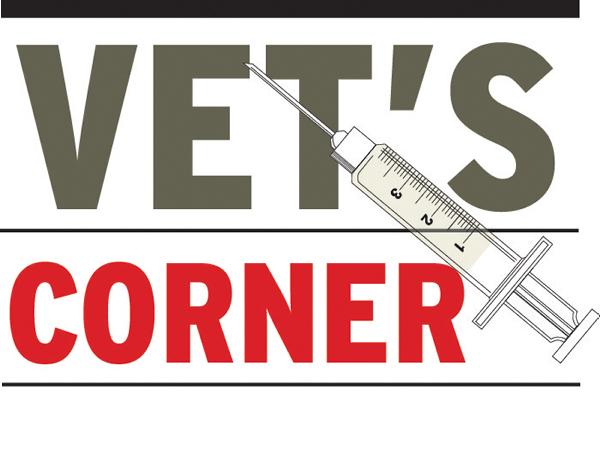Recent weeks have seen a noticeable increase in cases of lameness on dairy farms. Examination of these cows is showing that, at this time of year, many of these lame cows are cases of white line disease.
The white line is the line of attachment between the sole of the foot and the side wall. As the softest part of the foot, it is easily damaged and, therefore, is often an entry point for infection. Tracks of infection may cause a localised abscess, may penetrate to cause a deeper abscess or grit and small stones may lodge in the softened widened area causing further pain. Usually, it is the outer hind claw that is affected and in cases where both feet are affected, the lameness may not be very obvious. Recent wet weather and moisture underfoot softens the tissues still further.
Management is the main focus in minimising the incidence of white line disease in dairy herds. Farm roadway maintenance is very important, particularly those near the parlour that are used by the cows most often.
Passageways and collecting yards need to be kept as free as possible from stones. Cows should be handled quietly and allowed to move at their own pace, as white line problems tend to be exacerbated by the impact of movement, especially rapid changes of direction. Excessive driving of cows with quad bikes or dogs is a major cause of lameness in some herds.
For housed cows, it is important that sheds are well designed and have adequate feed space.
Treatment of white line disease depends on the degree of progression of the disease. Mild cases resolve quickly once the lesions are trimmed. Local abscesses must be drained, while deeper abscesses require severe trimming of the hoof and may benefit from the application of a poultice or a shoe.
Where infection is present antibiotic treatment may be needed. Many herd owners now carry out routine hoof paring of cows to detect lesions early and prevent lameness. Routine foot bathing of cows, using products to strengthen the hoof, may also help to reduce incidence.
With increasing herd size comes longer roadways and increased standing times for cows. Early intervention in lameness cases and preventative hoof care will be key to minimising white line disease in these herds.
Michael O’Meara works at Gortlandroe Vet Clinic, St Conlon’s Rd, Nenagh, Co Tipperary. Gortlandroe Vet Clinic is part of XLVets, a group of progressive practices who are working together to achieve a better future for agriculture and veterinary in Ireland. For further information, go to www.xlvets.ie.





SHARING OPTIONS